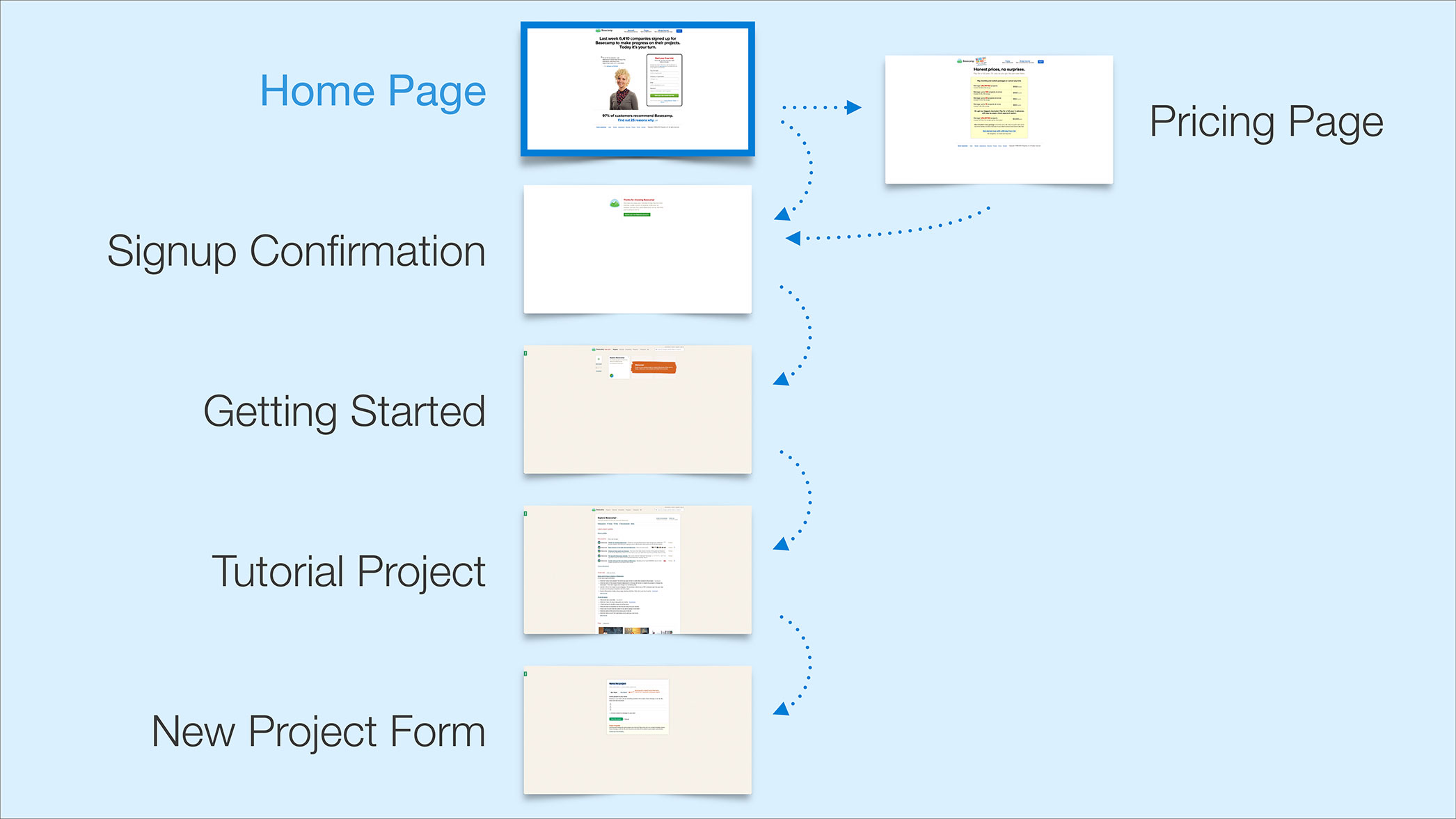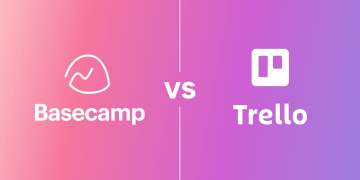In today’s fast-paced world, where work often involves remote teams, diverse projects, and tight deadlines, maintaining productivity while respecting individual autonomy is critical. One tool that has earned a reputation for striking this delicate balance is Basecamp. Known for its clean design and simple, intuitive interface, Basecamp helps teams collaborate efficiently while fostering a sense of ownership over tasks, all without falling into the trap of micromanagement. But how does it manage to do so? Let’s explore how Basecamp facilitates task ownership without the need for constant oversight, making it a perfect solution for modern teams.
1. A Culture of Autonomy Through Transparency
One of the key principles of Basecamp is its emphasis on transparency. Every team member has access to the same information, creating a culture where trust is paramount. With clear visibility into the progress of tasks, timelines, and responsibilities, there’s no need for managers to constantly check in or micromanage. This transparency naturally cultivates an environment where individuals feel empowered to take ownership of their tasks and contribute meaningfully without the constant scrutiny of superiors.
In Basecamp, all project-related information is centralized in one place, accessible to everyone involved. This means that employees can see who is working on what, track the status of tasks, and understand the project’s bigger picture. With such visibility, individuals have a sense of ownership, as they can see how their work fits into the larger goal without needing someone to tell them what to do at every turn.
Key Feature: To-Do Lists and Task Assignment
Basecamp’s to-do lists are an excellent example of how autonomy is baked into the platform. Team members can add tasks, set deadlines, and assign responsibility to themselves or others. Once a task is assigned, there’s no need for constant follow-up. Team members are free to prioritize their workload according to their own time and preferences.
2. Simplified Communication with Message Boards
Basecamp does not rely on constant back-and-forth emails or messaging apps to communicate. Instead, it offers a centralized Message Board for discussions, updates, and sharing important information. This eliminates the pressure for instant replies, making communication more thoughtful and strategic.
Without overwhelming notification streams or inbox clutter, team members can post updates, ask questions, or report progress as needed. This system allows individuals to focus on their tasks without being distracted by constant pings or needing to wait for approval. It encourages people to take responsibility for the work they’ve committed to and communicate updates as necessary. As such, there’s no need for managers to step in constantly—everything is already transparent and out in the open.
Key Feature: Automatic Check-ins
Basecamp’s Check-in feature allows team members to share progress updates at their own pace. Rather than requiring managers to chase down status reports, team members can submit regular check-ins, which automatically prompt responses to pre-set questions. This allows individuals to report their progress and challenges without waiting for permission, keeping everyone informed without micromanagement.

3. Streamlined Task Management with Pinned Items
One of the simplest yet most effective features of Basecamp is the ability to “pin” important items to the top of a project’s interface. This feature ensures that everyone can easily see the most critical tasks and priorities, without the need for a project manager to constantly remind team members of what’s urgent.
Pinning items allows users to create a prioritized list of tasks, setting clear expectations for what should be tackled first. This approach creates a natural flow of accountability: team members know what is most important and can independently take charge of the tasks they’re responsible for. There is no confusion, no need for micromanaging; the organization of work is clear.
Key Feature: Hill Charts
The Hill Chart is an innovative feature within Basecamp that helps visualize project progress. It provides a dynamic view of where each task stands, allowing teams to see who’s ahead, who might need help, and who’s falling behind. By providing a clear overview of progress, it removes the need for constant oversight and enables teams to independently drive forward.
4. Encouraging Ownership with Clear Roles
Basecamp encourages autonomy by defining roles clearly at the outset of any project. When creating a project, Basecamp allows users to assign specific roles to each team member. This ensures that every person knows exactly what is expected of them, and they take ownership of their tasks without confusion. Roles are not about oversight—they are about ensuring that everyone is on the same page and knows their individual responsibilities.
By delineating responsibilities clearly, Basecamp reduces ambiguity, which in turn fosters ownership. Team members are not left guessing about what they should be doing, nor are they micromanaged to ensure they follow through. When expectations are clear, there is no need for managers to hover—they simply trust that their team will deliver.
Key Feature: Assigning Tasks and Due Dates
By assigning specific tasks with clear deadlines, Basecamp gives individuals the tools to take ownership of their own time and productivity. This clarity allows team members to work at their own pace without constantly needing to seek approval, ensuring that they can take initiative without worrying about falling off track.
5. Managing Projects with the Right Amount of Structure
While Basecamp’s interface is known for its simplicity, this doesn’t mean that it lacks structure. In fact, the platform strikes a careful balance between enough structure to keep teams organized and enough flexibility to allow for individual autonomy. There are no rigid project management methodologies that restrict creativity or initiative. Instead, Basecamp encourages a natural workflow that allows teams to adapt the platform to their own needs.
Instead of forcing every team to follow the same set of procedures, Basecamp allows teams to define how they want to structure their projects. With options to set milestones, deadlines, and deliverables, Basecamp can accommodate a range of workflows, from agile sprints to traditional waterfall processes. Yet, because there is no strict enforcement of these methods, team members can take responsibility for their tasks without needing permission at every stage.
Key Feature: Document Sharing and Collaboration
Basecamp allows teams to share documents, files, and important resources directly within each project space. This eliminates the need for constantly checking in with others for updates. Team members can work on shared documents at their own pace, ensuring that the process remains collaborative but without the need for constant management oversight.
6. Real-time Collaboration Without Overload

While Basecamp offers structured workflows, it also supports real-time collaboration without overwhelming team members with constant notifications or meetings. Through integrated chat and the ability to comment on tasks, team members can collaborate quickly and efficiently, but only when necessary.
Unlike traditional methods, where team members might need to stop everything to attend a meeting or send a barrage of emails, Basecamp allows for asynchronous collaboration. Team members can add comments, ask questions, or share insights whenever they’re ready, without interrupting others’ workflows. This approach gives everyone a voice and ensures that discussions happen in a focused and purposeful manner.
Key Feature: Campfire Chats
Basecamp’s Campfire chat room serves as a central space for informal team conversations. These chats provide a space for brainstorming, sharing ideas, or just staying connected. While the communication is informal, it still enables teams to stay aligned, without the need for intrusive meetings or messages that interrupt an individual’s deep work.
7. Emphasizing Results Over Activity
One of the hallmarks of Basecamp is its focus on results over constant activity. Many project management tools rely heavily on task lists, deadlines, and notifications, encouraging an environment of busy work. Basecamp, on the other hand, encourages individuals to focus on delivering results rather than engaging in constant micromanaged check-ins.
Through features like automatic check-ins, clear to-do lists, and visual project tracking, Basecamp ensures that teams are focused on what truly matters: completing tasks and moving projects forward. This results-driven focus gives team members the autonomy they need to manage their tasks without feeling the pressure of constant oversight.
Key Feature: To-Do List Prioritization
Basecamp lets users prioritize tasks within their to-do lists, ensuring that the most important work is always front and center. By encouraging teams to focus on what’s most important, rather than just staying busy, Basecamp helps individuals take ownership of their priorities.
8. Building Trust Through Non-Invasive Project Management
Basecamp provides a non-invasive approach to project management, allowing individuals to take control of their responsibilities without feeling micromanaged. By eliminating unnecessary meetings, micromanaging, and constant check-ins, Basecamp builds trust between managers and employees. This trust-based approach not only fosters a sense of ownership but also encourages a healthy work-life balance.
Managers can monitor progress through visual tools like the Hill Chart and to-do lists, but they don’t need to be constantly involved in every small task. This autonomy strengthens the team’s overall productivity and morale, leading to better results over time.
Key Feature: Task Dependencies
Basecamp allows users to create task dependencies, making it clear which tasks need to be completed before others can begin. This feature ensures that workflows remain efficient and prevents bottlenecks, but it also allows team members to work independently on tasks that don’t require input from others.
Conclusion: Empowering Teams with Ownership, Not Oversight
Basecamp strikes the perfect balance between transparency, autonomy, and collaboration, making it an ideal platform for teams that want to take ownership of their tasks without feeling micromanaged. By emphasizing clarity, reducing unnecessary notifications, and fostering a culture of trust, Basecamp enables teams to be productive and self-sufficient while ensuring alignment across the entire project.
In the end, the most successful teams are those that can manage their responsibilities with minimal oversight, and Basecamp is a tool that helps make this a reality. By focusing on results, empowering individuals, and eliminating the need for constant micromanagement, Basecamp is transforming how teams collaborate, innovate, and deliver.























